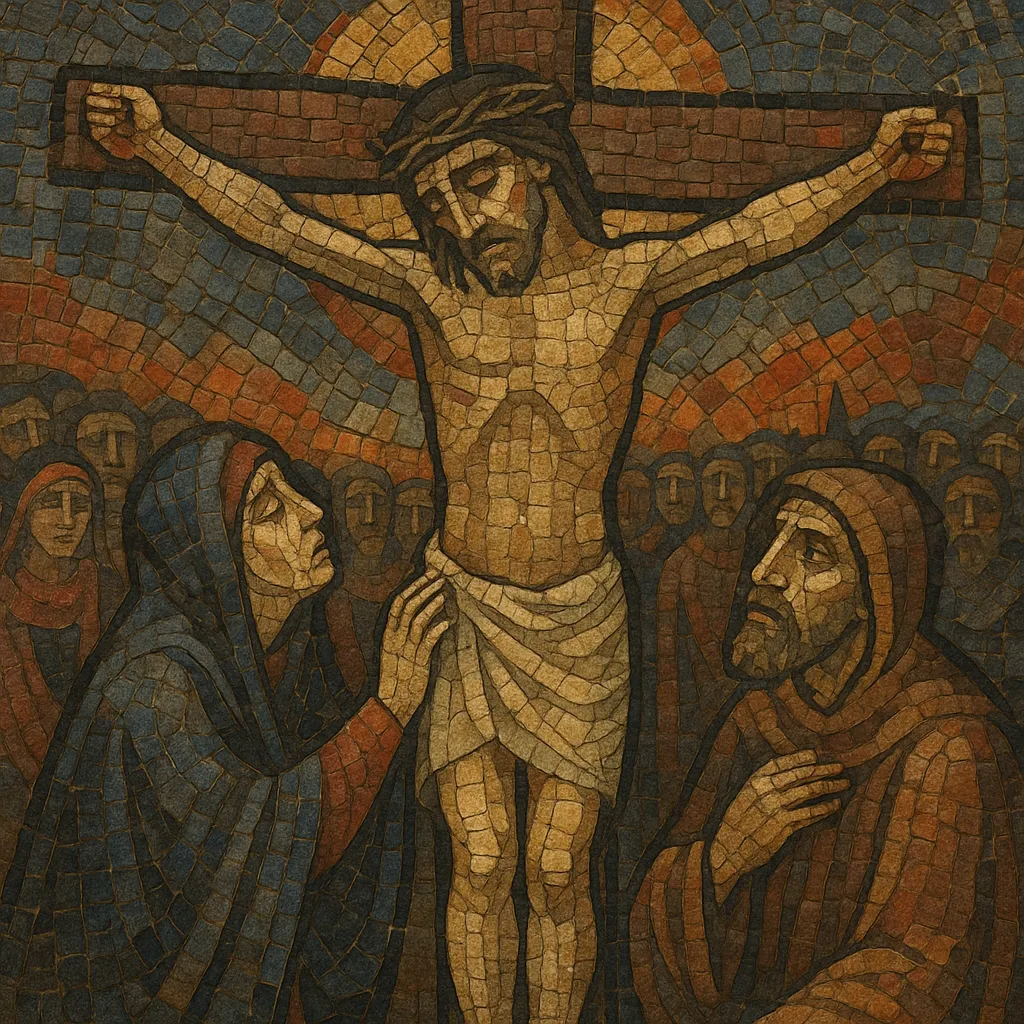Passion setting is a sacred vocal genre that sets the biblical Passion narrative—the arrest, trial, crucifixion, and burial of Jesus—to music. Originally emerging from medieval chant traditions, it later evolved into elaborate multi-movement works featuring narrator (Evangelist), the words of Christ (Christus), soloists for individual roles, and choral "turba" movements representing the crowd.
Across history, passion settings range from austere, unaccompanied chant or Renaissance polyphony to large Baroque oratorio-scale works with orchestra and chorales. While Latin and German are the most common languages (reflecting Catholic and Lutheran traditions), the form has been adapted into many vernaculars in the 20th and 21st centuries. In all cases, the musical rhetoric emphasizes solemn devotion, drama, and theological reflection.
Passion recitation began as part of Holy Week liturgy, sung on specific tones by multiple clerics: the Evangelist, Christus, and crowd parts. These were plainchant or simple formulaic tones, directly tied to the Gospel text and intended for contemplative worship.
From the 15th century, composers in Catholic Europe began crafting polyphonic passions that maintained liturgical function while adding expressive counterpoint. Composers such as Tomás Luis de Victoria and Giovanni Pierluigi da Palestrina wrote austere, unaccompanied settings that prioritized textual clarity and solemn affect.
In the 17th and 18th centuries (especially in Germany), the genre expanded under Lutheran practice. Heinrich Schütz produced through-composed passion settings that blended narrative clarity with expressive recitative. By the early 18th century, the "oratorio Passion" emerged, incorporating chorales, arias, and da capo forms alongside recitatives and choruses. Georg Philipp Telemann composed dozens of Passions; Johann Sebastian Bach’s St. Matthew and St. John Passions epitomized the synthesis of liturgical purpose, theological meditation, and dramatic musical rhetoric.
After mid-18th century shifts in taste and theology, the Passion’s liturgical centrality diminished in some regions, but concert presentations and paraphrased libretti persisted (e.g., C. P. E. Bach). The 19th century favored oratorio more broadly, and Passion-specific works were performed less frequently outside Holy Week, though the choral tradition kept the repertoire alive.
The 20th century saw renewed interest and stylistic reinvention: Krzysztof Penderecki’s St. Luke Passion used modernist sonorities and large forces; Arvo Pärt’s Passio restored ritual sobriety through tintinnabuli minimalism; Osvaldo Golijov and Tan Dun culturally reframed the Passion with polystylism and non-Western timbres. Contemporary Passions (e.g., James MacMillan) often balance historical archetypes—Evangelist, turba, chorales—with modern harmony, new languages, and concert-hall dramaturgy.


